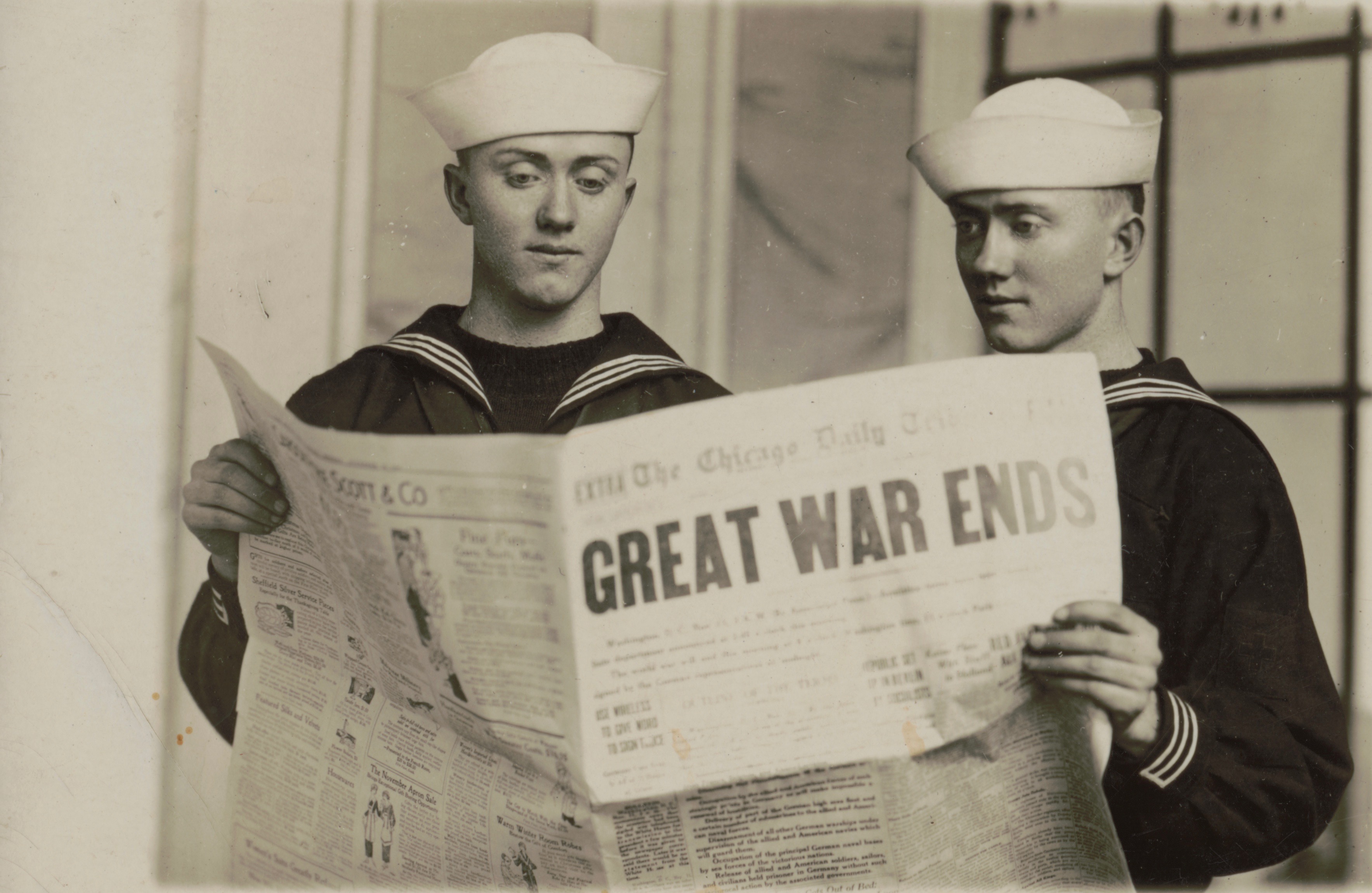The history of Veterans Day dates back to the end of World War I, when the guns fell silent on the Western Front at the 11th hour, on the 11th day, in the 11th month in 1918. Although the Treaty of Versailles was signed on June 28, 1919, the November date is considered the end of the Great War.
In honor of Veterans Day, here are six facts about how the day came to be:
1. In 1926, Congress officially recognized November 11, 1918, or Armistice Day, as the end of World War I. In 1938 it became an official holiday, honoring those soldiers who fought “in the war to end all wars.”
2. On June 1, 1954 Congress amended the commemoration, changing the word “armistice” to “veterans” to include those who fought in World War II and Korea.
3. In 1968 the Uniform Monday Holiday Act was passed, moving a certain number of federal holidays to Mondays to ensure three-day weekends for federal employees. The bill inexplicably moved Veterans Day commemorations from November to the fourth Monday of every October.
4. Three years later, on October 25, 1971, the first “new” Veterans Day was held and implemented.
5. Many states disagreed with this October decision so on September 20, 1975, President Gerald R. Ford signed Public Law 94-97 (89 Stat. 479), returning Veterans Day observance to its original date, which went into effect in 1978.
6. President Trump is not the first person to extend Veterans Day, however. On August 4, 2001, the United States Senate Resolution 143 designated the week of November 11 through the 17 as “National Veterans Awareness Week,” which calls for educational efforts in elementary and secondary schools to recognize and inform students about the contributions and sacrifices of American veterans.





